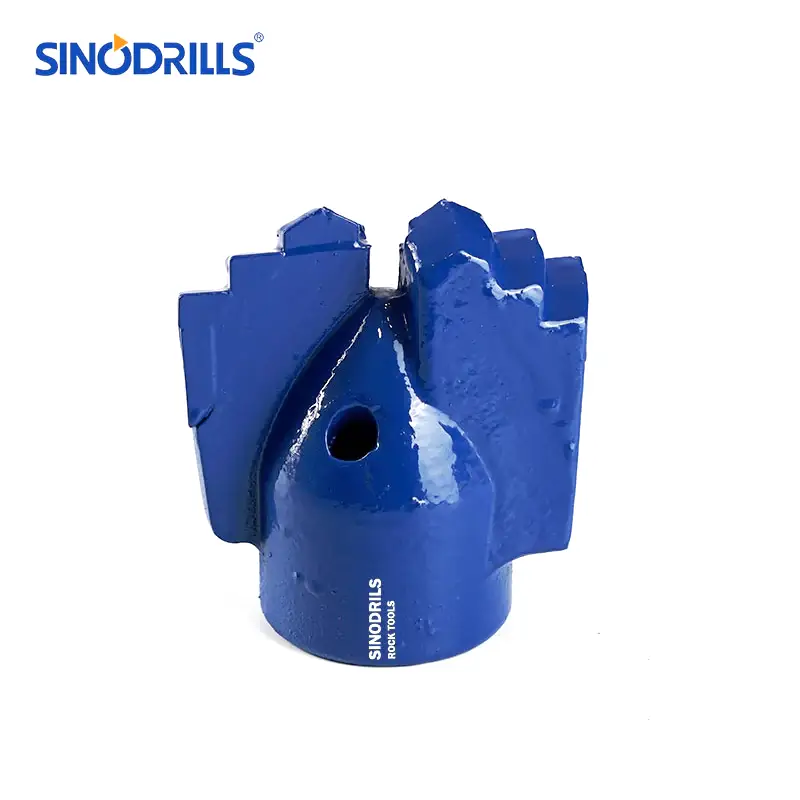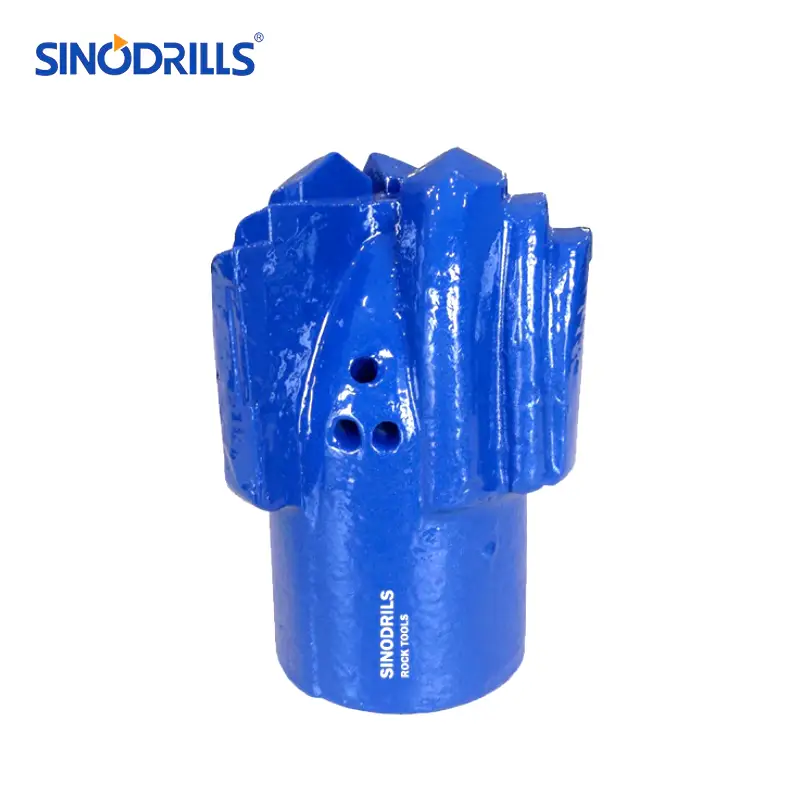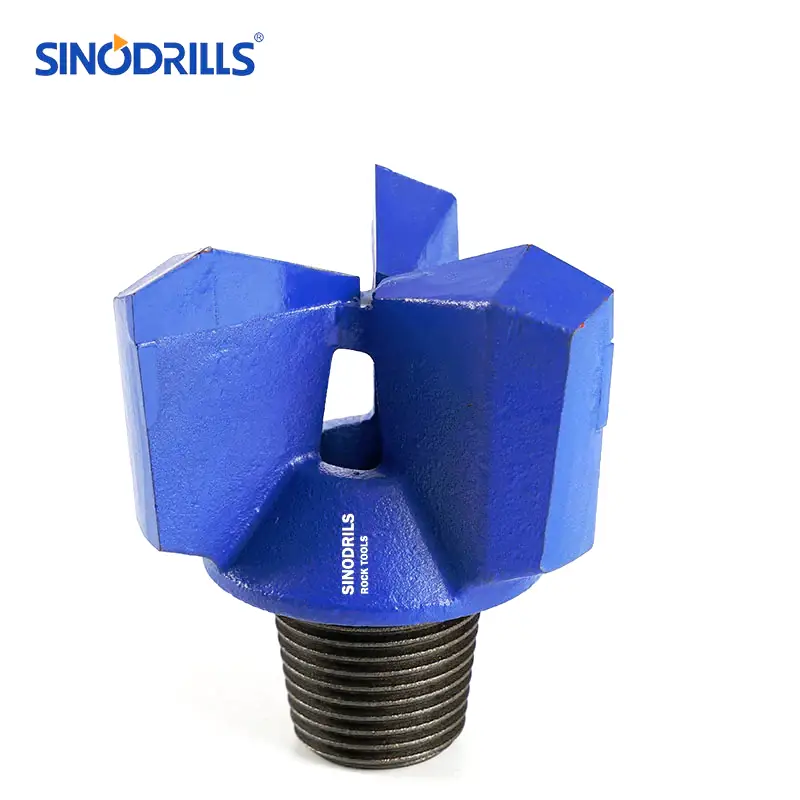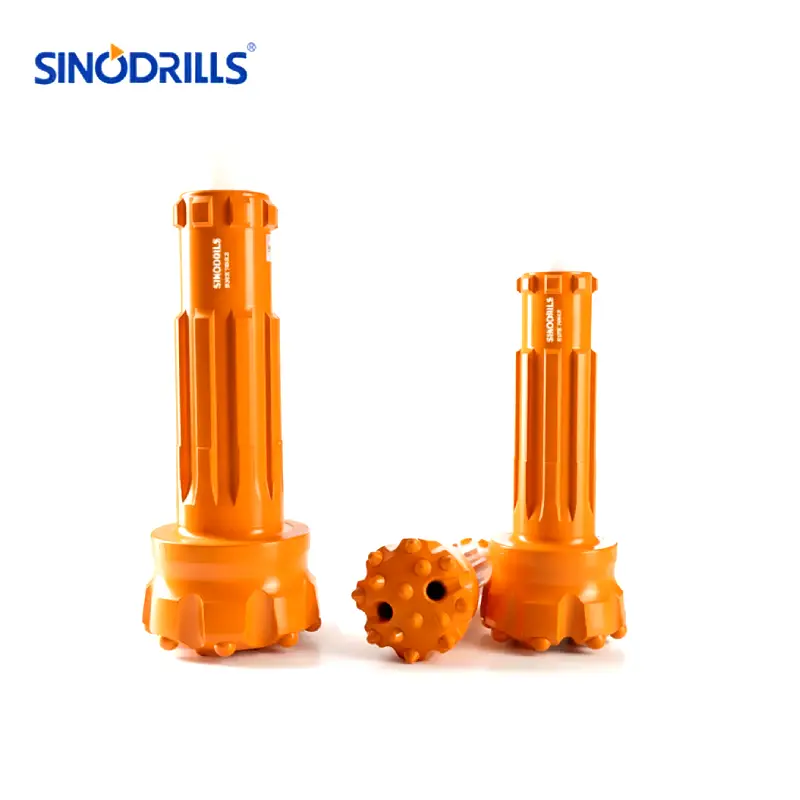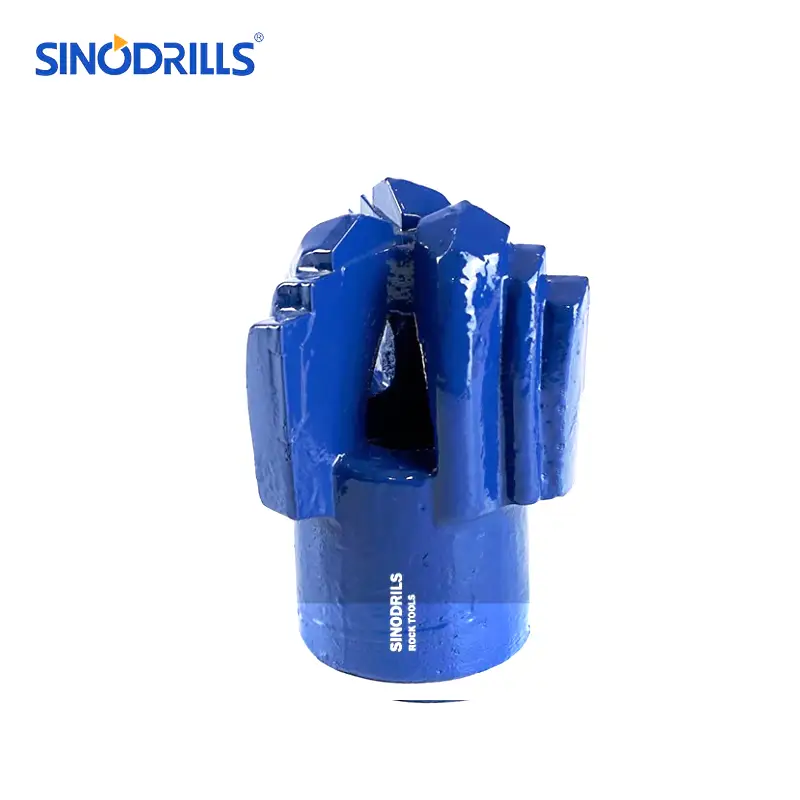Accessing clean, reliable water directly from your property is a significant advantage, and borehole drilling makes this possible. It’s a precise engineering process that taps into underground aquifers, providing a sustainable water source.
This guide will demystify the journey of drilling a borehole, from initial planning and site assessment to the actual drilling, casing, and final well completion. Discover how to unlock this invaluable resource for your home or project.
What is the Borehole Drilling Method
A borehole drilling method refers to the specific technique and set of equipment employed to create a narrow, cylindrical hole in the earth’s surface. These methodologies are characterized by how they break up rock and soil, remove cuttings, and manage borehole stability, with the choice being dictated by factors like geological conditions, desired depth, and the intended purpose of the borehole (e.g., water extraction, geological investigation, or geothermal installation).
Each method, such as rotary drilling (air or mud flush), down-the-hole hammering, or augering, has distinct operational principles and ideal applications.
How to Drill a Borehole?
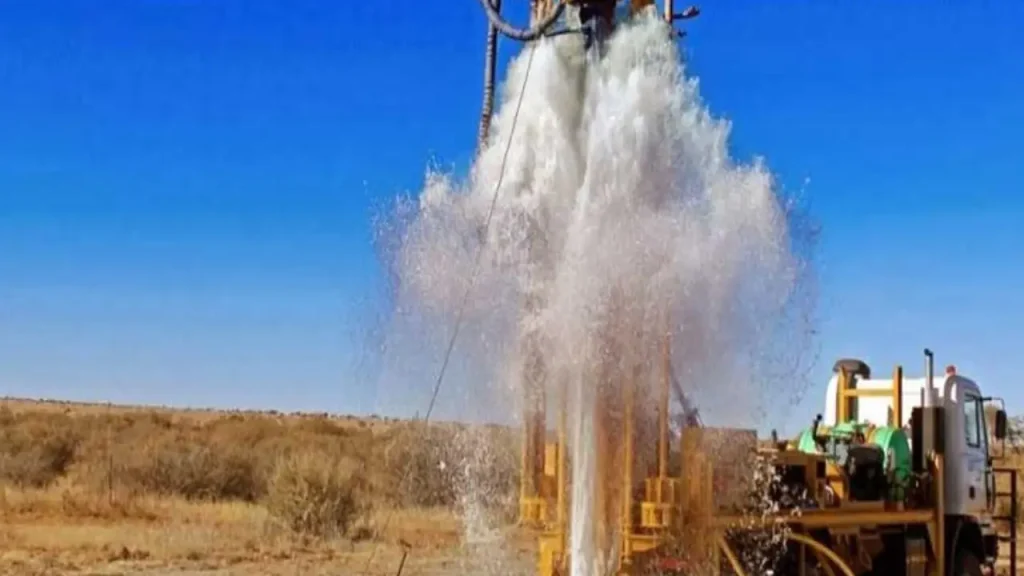
Drilling a borehole involves a systematic process to access subsurface resources or conduct investigations. It requires careful planning and execution, adapting to geological conditions. Understanding each step is crucial for a successful project, ensuring efficiency and safety throughout the operation.
Step 1: Site Assessment and Preparation
Before any drilling commences, a comprehensive site assessment is absolutely crucial. This phase involves detailed geological and hydrogeological surveys to precisely locate potential water-bearing aquifers or other target subsurface formations. Experts meticulously evaluate the existing soil and rock types, measure groundwater levels, and identify any potential environmental or structural hazards, ensuring the selected drilling location is optimally viable and safe for all operations.
With the site deemed suitable, meticulous preparation work then begins on the ground. This involves thoroughly clearing away all existing vegetation and any potential obstacles. The area must be precisely leveled to establish a stable and secure platform for the heavy drilling rig and its associated equipment. Furthermore, ample space for machinery maneuvering and efficient waste disposal is carefully factored into this crucial initial planning stage.
Step 2: Drilling the Borehole
The core drilling process commences with the specialized drill rig systematically creating the borehole. Depending on the specific geological composition of the ground, a smaller pilot hole might first be accurately drilled, which is then subsequently widened to the desired diameter.
A robust, rotating drill bit powerfully cuts and grinds through the earth’s layers, initiating the formation of the cylindrical bore.
Crucially, a continuous circulation of specialized drilling fluid, such as compressed air or water-based mud, is simultaneously injected down the drill pipe. This fluid serves multiple vital functions: cooling and lubricating the drill bit, efficiently lifting rock cuttings to the surface, and effectively maintaining the stability of the borehole walls, preventing collapse and blockages for smooth, uninterrupted progress.
Step 3: Casing and Installation
Upon reaching the predetermined drilling depth, robust casing pipes are then meticulously lowered and installed into the borehole. These essential pipes, commonly fabricated from durable PVC or steel materials, serve a dual purpose: they structurally prevent the borehole walls from collapsing inwards, and they crucially protect the valuable water supply within from any potential contamination originating from superficial or undesirable geological layers.
Subsequent to casing installation, a specialized well screen is strategically positioned at the level of the target aquifer. This screen is designed to facilitate the efficient entry of water into the borehole while effectively preventing unwanted sediment from entering.
A permeable gravel pack is frequently introduced around the screen to enhance natural filtration. Lastly, a crucial sanitary seal is installed near the surface to safeguard against surface water runoff infiltrating the well.
Step 4: Well Development and Completion
Following installation, a vital process known as well development is meticulously performed. Its primary objective is to thoroughly remove any fine sediments, drilling fluids, or debris that may have accumulated within the aquifer and the borehole during the drilling phase. Techniques such as airlifting or surging are precisely employed to effectively enhance the natural water flow and significantly maximize the well’s overall yield and efficiency.
The concluding phase involves conducting rigorous pump tests to accurately determine the sustainable yield and long-term performance capacity of the newly drilled borehole. Based on these precise results, the most suitable and efficient pump system is carefully selected and professionally installed. Subsequently, the drilling site is thoroughly restored to its original condition, marking the completion of the project and the readiness of the borehole to provide a reliable, clean water source.
How Deep Can You Drill a Borehole?
The depth to which a borehole can be drilled varies significantly based on its purpose, the geological conditions, and the drilling technology employed.
While an average residential water borehole might typically range from 60 to 150 meters (200-500 feet) to access sufficient groundwater, scientific and oil/gas exploration can reach extreme depths.
The deepest human-made hole, the Kola Superdeep Borehole in Russia, reached an astonishing 12,262 meters (40,230 feet or 7.6 miles) for scientific research. Factors like rock hardness, temperature and pressure gradients at depth, the weight capacity of drilling rigs, and the need for borehole stability all impose practical limitations on how deep one can drill.
| Borehole Type | Typical Depth Range | Notes |
| Residential Water Well | 60 – 150 meters (200 – 500 feet) | Can be deeper in areas with low water tables. |
| Geothermal (Ground Source) | 100 – 400 meters (330 – 1,300 feet) | Depends on heat requirements and ground conditions. |
| Environmental Monitoring | Varies (shallow to several hundred meters) | Depends on depth of contamination or aquifer to be monitored. |
| Oil & Gas Extraction | Several kilometers (e.g., 5,000 – 10,000+ meters) | Can include significant horizontal displacement (extended reach). |
| Scientific Research | Up to 12,262 meters (40,230 feet) | As demonstrated by the Kola Superdeep Borehole. |
Drilling Bits Neede for Borehole Drilling
Recommended Drill Bits for Borehole
Choosing the correct drill bits for borehole drilling is crucial for efficiency and success, with the optimal choice heavily dependent on the geological formations encountered. Different bits are designed to excel in various rock and soil types:
- Drag Bits: Ideal for softer formations such as clay, sand, silt, and weathered rock, working by scraping and shearing the material.
- Roller Cone (Tricone) Bits: Highly versatile, these bits feature rotating cones with teeth (either milled steel or tungsten carbide inserts) that crush and grind through medium to hard rock formations like limestone and consolidated rock.
- PDC (Polycrystalline Diamond Compact) Bits: Equipped with synthetic diamond cutters, these bits are extremely efficient for drilling through soft to medium-hard, abrasive formations, offering high penetration rates and extended durability.
- DTH (Down-the-Hole) Hammer Bits: Used in conjunction with a DTH hammer, these bits utilize percussive force to fracture and penetrate hard rock, making them suitable for deep drilling applications.
- Reamer Bits: Employed to enlarge existing boreholes or ensure the hole’s straightness, often used in conjunction with other bit types.
How to Know Where to Drill a Borehole?
Knowing where to drill a borehole is as critical as the drilling itself, as an improperly sited bore can lead to insufficient water yield, poor water quality, or even structural issues. The process typically begins with a professional hydrogeological survey to scientifically identify the most promising locations for accessing underground water resources.
- Hydrogeological Survey: Experts use geophysical techniques like electrical resistivity surveys to map subsurface geology, locate aquifers, and estimate water table depth. This scientific approach minimizes the risk of drilling a dry or low-yielding borehole.
- Existing Local Data: Information from nearby wells, including their depth, yield, and water quality, can provide valuable insights into the local hydrogeology.
- Avoiding Contamination Sources: The chosen site must be a safe distance from potential pollutants like septic tanks, drain fields, animal pens, or chemical storage areas to prevent water contamination.
- Accessibility and Practicality: The location needs to be accessible for heavy drilling equipment, ensuring sufficient space for the rig to maneuver and operate safely. Proximity to the intended point of use (e.g., house, irrigation system) is also considered to minimize piping costs and maximize efficiency.
- Topography and Drainage: Elevated, well-drained areas are often preferred to prevent surface runoff from entering and contaminating the borehole. Avoiding low-lying or flood-prone zones helps ensure long-term water quality.
- Geological Formations: Understanding the types of rock and soil helps predict drilling difficulty and the likelihood of hitting a sustainable water source. Fractured rock zones, for instance, often indicate good water-bearing potential.
Can You Drill a Borehole Anywhere?
While theoretically, one could drill a hole almost anywhere, practically speaking, you cannot simply drill a borehole anywhere you please. Several critical factors and regulations govern where a borehole can be drilled.
Firstly, geological conditions are paramount; you need to ascertain if there’s a viable aquifer or the desired subsurface resource at a reasonable depth. Drilling through solid, impermeable bedrock without any water-bearing fractures, or hitting saltwater near coastal areas, would render the borehole useless.
Hydrogeological surveys are essential to scientifically identify suitable locations. Beyond geological feasibility, regulatory compliance and environmental considerations play a significant role. Many regions have strict rules regarding borehole drilling, including requirements for permits, minimum distances from contamination sources (like septic tanks or chemical storage), and adherence to local bylaws.
Additionally, accessibility for drilling equipment and the potential impact on existing infrastructure (like underground pipes or cables) must be considered. Therefore, proper planning, professional assessment, and adherence to regulations are crucial before attempting to drill a borehole.
Cost to Drill a Borehole
The cost of drilling a borehole varies significantly, making it difficult to provide a single fixed price. Instead, it typically ranges from a few thousand to tens of thousands of dollars, depending on numerous project-specific factors. For instance, in the US, a complete residential water well system can average between $3,750 and $15,300, while in South Africa, a standard 90-meter borehole installation might fall within R50,000 to R75,000 (approximately $2,700 – $4,000 USD).
Several key factors determine the overall borehole drilling cost:
- Borehole Depth and Diameter: Deeper and wider boreholes require more time, labor, and materials, directly increasing costs.
- Geological Conditions: Drilling through hard rock, boulders, or unstable ground is more challenging and expensive than softer soil, often requiring specialized equipment and techniques.
- Drilling Method and Equipment: The chosen drilling rig and method impact efficiency and cost.
- Casing and Materials: The type (PVC, steel) and amount of casing needed to support the borehole add to material expenses.
- Site Accessibility: Remote or difficult-to-access locations can incur higher mobilization and demobilization fees for equipment.
- Additional Services: Costs for hydrogeological surveys, water quality testing, pump installation, filtration systems, and necessary permits contribute to the total investment.
| Cost Factor | Estimated Cost Range (USD) | Notes |
| Drilling Only (per foot) | $15 – $40 | Varies significantly with depth and geology. |
| Well Pump System | $300 – $2,000 | Depends on type (submersible, jet) and capacity. |
| Well Casing Pipe (per foot) | $6 (PVC) – $130 (Steel) | Material and diameter affect cost. |
| Geological Survey | $500 – $1,000 | Essential for optimal siting and risk reduction. |
| Water Quality Testing | $100 – $500+ | Varies by tests required (chemical, bacterial). |
| Permits and Fees | Varies widely | Local regulations and complexity. |
| Equipment Mobilization | $500 – $2,000+ | Cost of transporting heavy machinery to the site. |
| Water Treatment/Filtration | $500 – $5,000+ | If water quality requires further treatment. |
| Electrical Wiring | $500 – $1,500+ | For pump power and controls. |
| Pressure Tank | $300 – $2,500 | For water storage and consistent pressure. |
| Annual Maintenance | $100 – $500 | Ongoing costs for system upkeep. |
Note: These are general estimates and actual costs can vary based on geographical location, specific site conditions, and the chosen drilling contractor.
Conclusion
Understanding the intricate steps of borehole drilling empowers you to approach this significant project with confidence. From initial surveys to final installation, each phase is crucial for a successful and long-lasting water source.
A professionally executed borehole provides not just water, but also independence and sustainability. It’s an investment that can enhance property value and secure your water supply for years to come.
To ensure the highest quality and efficiency in your drilling endeavors, remember the importance of reliable equipment. You can find wholesale drill bits for drilling boreholes from Sinodrills.

